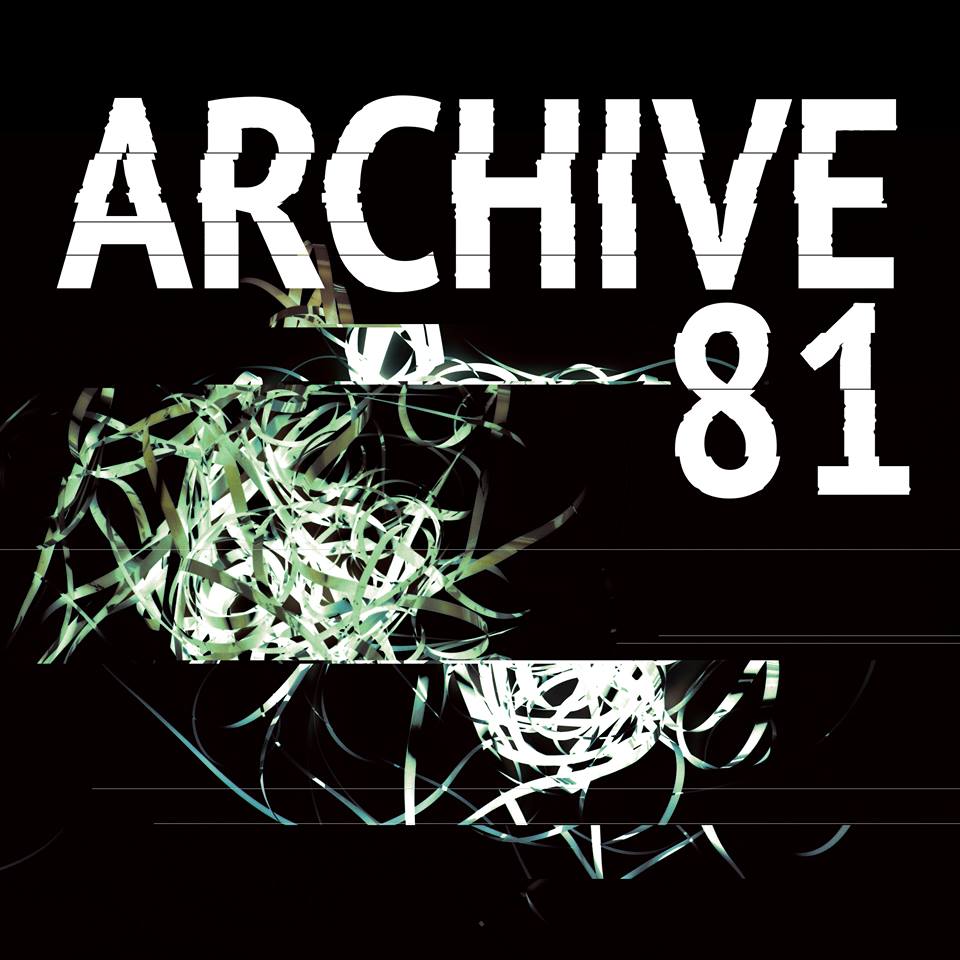Anyone who knows me is aware that I am a colossal, pompous and pretentious film nerd. I’m the kind of person who calls movies “cinema” and discounts any film that doesn’t contain dialogue in at least three foreign languages.
Of course, those who know me will also know that I am very passionate about schlocky horror films and, to my barely concealed shame, am especially fond of the found footage genre. You know the stuff that gets put out primarily because horror movie producers realised a decade ago they could make a film with the technical expertise of your summer holiday home movies and for an equivalent budget and then make a bunch of money? The stuff that’s as likely to have you stumbling out of the cinema with motion sickness as they are to cause you to quiver in fear? Yeah, I love it, and I really think fantastic things can be done with the form.
For good reason, The Blair Witch Project honestly remains one of my favourite films of all time with the way it pioneered the genre (but didn’t create it, horror geek note: watch 1998’s The Last Broadcast) and opened the opportunities for playing with audience perceptions of reality and genre in horror films. Having been recently majorly disappointed by the trailer for a cash-in remake of the Blair Witch Project I was overjoyed to discover that at least the medium of podcasts, in the form of a show called Archive 81, was doing justice to the found footage genre.
The first thing that Archive 81 gets right is the metanarrative- which is a word that occurs when you feed the word ‘context’ four years worth of college tuition fees and need some way to justify your unemployment. The series is set up as a collage of recovered tapes relating to the missing Daniel Powell, who worked as an audio engineer and archivist for the Housing Historical Committee in the State of New York, an old friend of podcast host Marc. The collected tapes also include snippets from a journalist named Melody Pendras as well as what appears to be a guided tour through a collection of unusual artefacts belonging to one “Ms Cassandra Wall” by a refined but sinister sounding man.
The whole production is technically pristine and clear and it makes what could have been a jumbled and disconnected experience and makes it a whole and satisfying one. The podcast shows a really reverent understanding for the way in which the found footage genre works. The found footage genre is primarily effective, and especially effective for horror, because it toys with our notion of artistic narratives that are singular, simplistic, linear and self-evidently fictional. Every piece of found footage art is reliant on an outward narrative which brings together a disparate internal narrative and allows us to feel a kind of controlled unease at the story’s madness. Here this is the way that Marc talks about the tapes as related to his friend Daniel’s disappearance which serves to anchor the listener in a similar way as Marble Hornets ( the first season of which is really inventive in its take on the genre) used to character of Jay to frame the story of Alex and Slenderman.
The set up for the internal narratives- an audio archival process, journalistic interviews and an audio tour- are really quite brilliant. Poorer found footage texts- Cloverfield or the later Paranormal Activity films- present a scenario so implausible one is forced constantly to wonder “Why the hell would they still be recording this?”. The genius of Archive 81 is it gives clear and understandable reasons for the recordings and why they might survive and then alters the presentation of these recordings accordingly in terms of narrative, quality and subject matter. This gives the podcast a sincerity and believability that is the key to how engrossed you can become in it. Many think that the sense of discord and unease that the horror and found footage genres go for is as easy as shaking the camera and microphone and cocking up the editing. But the reality is that creating a work of fiction that is both chaotic and engrossing requires an immense amount of perfectionism and precision around the edges so as to hold the viewer’s attention, a quality which Archive 81 has in spades.
When people deride the found footage genre I like to wheel out things like Archive 81 and Noroi to prove that, as well as being a handy way for independent artists to stretch their narrative on the cheap, it’s also a narrative from with its own peculiarities and endless possibilities. In a world of hyperlinks and constant media bombardment it seems a form which plays into our anxieties of narrative saturation and cultural fragmentation as we attempt to piece together some overall understanding of the state of the world through a barrage of memes and clickbait. Archive 81 has transplanted one of my favourite genres into my favourite medium and it has made a chilling, precise and fascinating product.
Some of the coverage you find on Cultured Vultures contains affiliate links, which provide us with small commissions based on purchases made from visiting our site. We cover gaming news, movie reviews, wrestling and much more.



